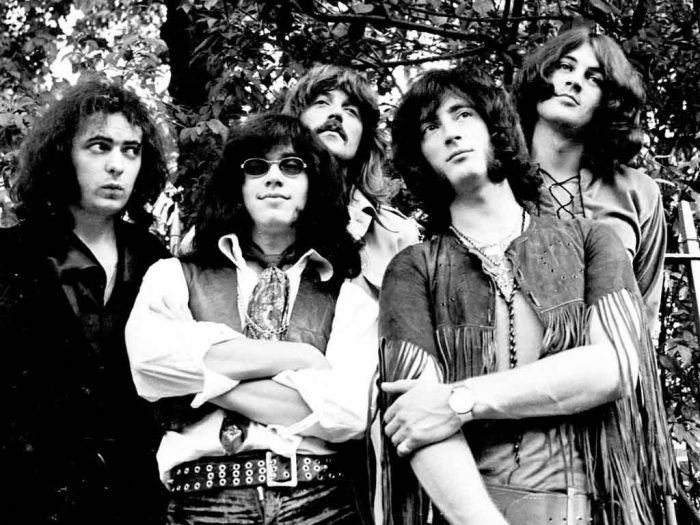
For those of us who have never been Deep Purple fans, the following analysis of their roots shows us the utility of classical music in making great heavy metal:
11 CommentsTags: Bathory, burzum, Classical, classical music, deep purple, Heavy Metal

For those of us who have never been Deep Purple fans, the following analysis of their roots shows us the utility of classical music in making great heavy metal:
11 CommentsTags: Bathory, burzum, Classical, classical music, deep purple, Heavy Metal
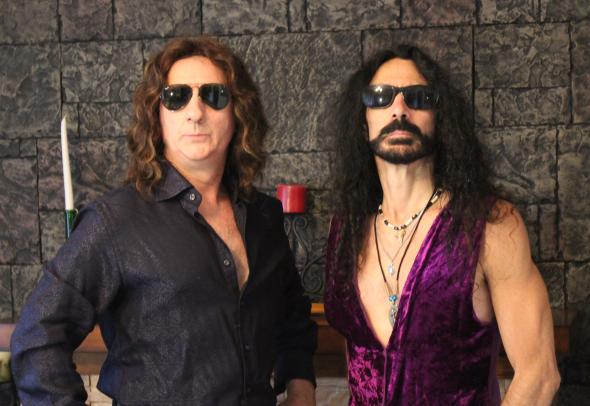
[Continued from Part 1]
10 CommentsTags: 2018, aeschylus, ballads, barbaric romanticism, blues, by the gods, classical music, cock rock, composition, Concept Album, cover songs, david defeis, dionysus, edward pursino, epic, exorcist, frank gilchriest, hard rock, hatred, Heavy Metal, insanity, jack starr, josh block, lilith, long island, love, madness, Mythology, new york, Occultism, Opera, original sin, over the top, Paganism, passion, piano, piledriver, power metal, rock opera, Romanticism, sexuality, Speed Metal, the hammer of zeus, the wrecking ball of thor, tragedy, Transcendence, USA, USPM, Vengeance, victory, virgin steele, wine
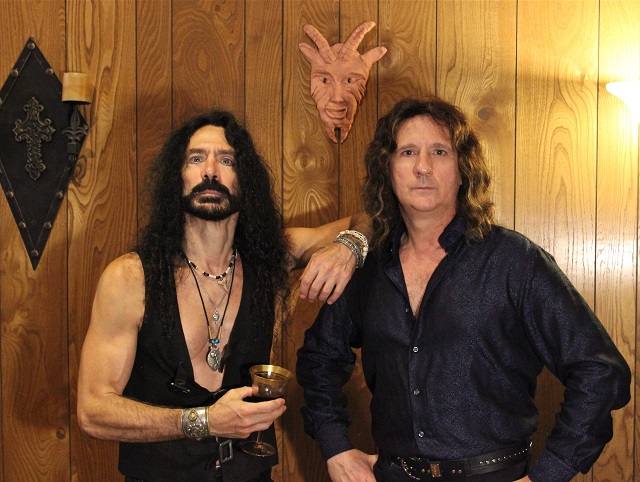
By the Gods my friends!
Forged in the desolate halls of 1981, hailing from the majestic kingdom of Long Island, New York… Virgin Steele have been one of the most enduring acts of Powerful Epic Heavy Metal for aeons! The aural magnificence of ultra-charismatic vocalist / composer / keyboardist / all around renaissance mad-man David “Dionysus” DeFeis and trusty six-stringed axe warrior of indomitable fury and vengeance Edward Pursino’s combined creative efforts have been overlooked by scholars of Metal for too long!
21 CommentsTags: aeschylus, ballads, barbaric romanticism, blues, by the gods, classical music, cock rock, composition, Concept Album, cover songs, david defeis, dionysus, edward pursino, epic, exorcist, frank gilchriest, hard rock, hatred, Heavy Metal, insanity, jack starr, josh block, lilith, long island, love, madness, Mythology, new york, Occultism, Opera, original sin, over the top, Paganism, passion, piano, piledriver, power metal, rock opera, Romanticism, sexuality, Speed Metal, the hammer of zeus, the wrecking ball of thor, tragedy, Transcendence, USA, USPM, Vengeance, victory, virgin steele, wine
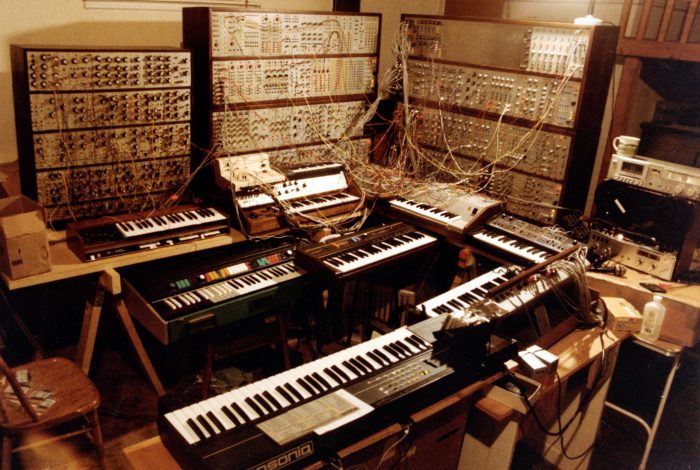
One genre which often attracts the admiration of Metal musicians is Electronica. When musicians from Germany, France and elsewhere began experimenting in the third quarter of the 20th century with various newfound technologies in order to create monumental landscapes of synthetic psychedelia with cosmic scope, the uncanny wave of influence unexpectedly resulted in the arising of everything from the modern club scene to many of your favourite Black Metal bands.
Tags: 1960s, 1970s, 1980s, Ambient, ash ra tempel, ashra, brian eno, canada, cinema, classical music, conrad schnitzler, Cosmic, drugs, edgar froese, electronic, electronic music, electronica, film, film score, france, futuristic, germany, greece, jean-michel jarre, keyboards, Klaus Schulze, kraftwerk, krautrock, manuel gottsching, michael hoeing, michael stearns, progressive rock, Romanticism, science fiction, sinoia caves, Soundtracks, space, steve roach, surrealism, synth, synthesizers, synthpop, tangerine dream, terry riley, UK, USA
Celtic Frost planned to release a three-part requiem starting with “Rex Irea” which saw the light of day on Into The Pandaemonium in 1987. Now, Celtic Frost continuation band Triptykon plans to perform all three parts at the legendary Roadburn show in the Netherlands on April 12, 2019.
3 CommentsTags: celtic frost, classical music, hellhammer, roadburn, triptykon

The success of endeavors that carry with them the implication of development or transformation, such as the evolution of an artistic genre (without any relation to the ‘progress’ of dialectical materialism), requires the constant testing of strength, the crossing of one’s boundaries. Contrary to the beliefs of the simple minded, this does not mean that the act of crossing those lines is in itself enough for a fully-formed conclusion to be presented, although there is indeed great value in violation itself. But one could argue that the great weapons of the mind, enacted, come as a result of a full digestion and re-application of invaluable experience and information that comes from the crude testing of strength, directed towards the intuited limits of the yet unexplored.
(more…)
Tags: Ambient, Black Metal, classical music, Enslaved, ildjarn, literature, metal, Nihilism, the Four Seasons, varg vikernes, Vivaldi, will to power

Dark, brooding, and long cloaked in obscurity, the harmonic minor scale is a compelling collective of notes that has historically been used as an accent to minor key compositions. For centuries only a handful of pieces had been written within its bounds as composers instead opted to weave in for a number of measures before an eventual progression into the natural minor scale. From there it appeared again in a few folk songs, took a strong spiritual presence in Islamic culture, and later became an integral part of horror movies when they progressed into the frightening mediums they became in the 1970s. But it wasn’t until the musicians of the early Swedish death metal scene discovered how to fully harness the scale’s potential that lengthy songs and even the majority of some albums began being composed within its bounds. A truly grotesque wedlock, the scale gave he who wielded it the power to craft the most sinister and foreboding compositions possible within the laws of music. It is for this reason one could attest that the minor harmonic scale has found a home in heavy metal that no other genre of music could provide.
(more…)
Tags: Beethoven, Black Metal, celestia, classical music, death metal, dissection, harmonic minor, minor key, music theory, mütiilation
Often when analyzing music, it can be useful to look to other genres to develop an understanding its relation to the order of nature. Written and recorded music has been around for centuries, and with a multitude of genres emerging in the last hundred years, few have completely died out and disappeared.
43 CommentsTags: celebrity, classical music, crypto-indie, djent, electronic music, electronica, indie metal, indie rock, mainstream metal, music industry, post-metal, post-rock, rock, rock 'n' roll, rock music
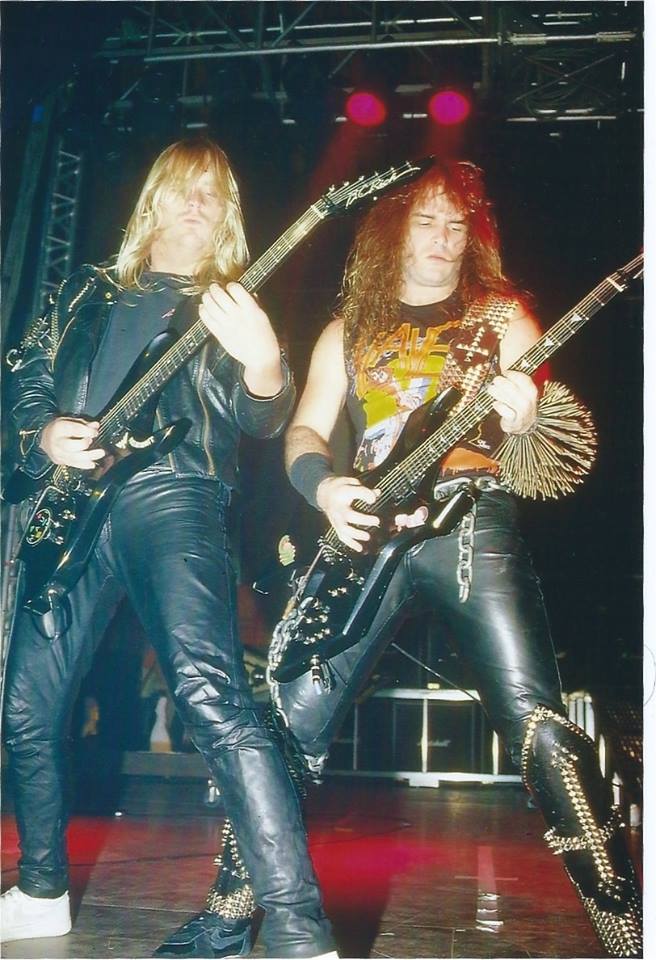
Article by Lance Viggiano
Metal, like nearly every form of contemporary western music, carries legacy traits from western classical music. Noting these inherited qualities and their contribution to metal’s identity is a fruitful venture worth study. Yes, some artists such as Emperor created music that may as well have been performed by an orchestra. Nevertheless there is a distinct tendency among metalheads to validate metal through this heritage. The logic behind this is eloquent and simple: Classical maintains an esteemed position and metal retains compositional/artistic characteristics of classical; therefore metal is good (insert adjective for good: High Art, Quality, etc.). This does a disservice to metal however as it forsakes the baroque for the succinct while deriving much of its power from textural aesthetics. Metal needs to be qualified and judged according to its own merits.
Both forms of music arrange motifs according to an underlying narrative. The pathos of western classical music is derived out of experiments in harmony that attempted to imitate a well ordered and intricately planned cosmos. The composer embodies the role of the One God who conceives and executes a nature in which each of its parts cooperate in accordance with divine law or in the case of music: its score and story. Metal however is all about the riff; not just its position in the score but also the way it sounds and the way it feels. Downtuning a guitar, plugging it into a bass amp, and dialing the gain knob to its upper limit are not trivial or accidental decisions. The textural component gives the music body which allows for succinct motifs to achieve significance out of relative simplicity. On the other hand, classical must take on a ”notey” characteristic to give the music weight. The roar of an ensemble is a force of its own, yet it is comparatively tame next to the bludgeoning delivered by an amplifier and a few pedals.
Classical entices the mind with intricate and ornate patterns while metal ignites the heart by delivering an unabashedly barbaric, vitriolic and brash force of will. With each occupying distinct but equally valid dimensions of the human experience – The mind and the heart, respectively – it becomes clear that using one to validate the other does a great disservice to each form of music. Unplug metal and survey its patterns next to classical and one will find that it sounds as if it was composed by intellectually immature children. Plug classical patterns into metal and one finds that the need to make tonal sacrifices to retain clarity while distilling patterns down so as to be performed by fewer instruments results in sterile powerless wank which exists without proper support.
The Romantic movement turned its gaze back to the primacy of nature from the perspective of the civilized man who took all of his habits of thought with him; retaining his clear, distinct abstract patterns and hard mental boundaries. He walks at a distance from the forest so as to keep his boots from the blemishing mud and his coat from the shearing thicket. The Romanticism of metal walks barefooted against the cold soil, barely managing to escape the weather but never the bonds of nature. His damp stone refuge is aerated by a primate musk so thick that the festering gobbets and searing tendons of his kill cannot penetrate it. The civilized man understands nature as an idea from which he is blissful detached and divinely endowed to understand while the uncivilized man understands nature as an irrational outpouring of desire against which his only freedom is attained by projecting his own will against the world. Each vantage point offers a unique view of the same landscape. From that summit the artistry of metal ought to be discussed and ultimately, loved.
37 CommentsTags: article, beherit, black sabbath, Classical, classical music, composition, Dismember, emperor, Heavy Metal, metal, Philosophy, Romanticism, slayer
Article by David Rosales, 4th installment of a 7 part series.
When it comes to making music, people in general (including both audience and artists) tend to sum things up in “feeling”, or ways of looking at the world. That is all well, but it does not necessarily imply the way in which music is made, nor if this “feeling” of theirs reveals any worthwhile quality. What’s even more problematic is that although everybody may deduce from common sense that music operates at two primary areas, namely form and intuition, it is assumed that these are disconnected and that whatever the original feeling that produced them, the audience is free to interpret whatever they want from it, since music is completely free and completely subjective.
Be that as it may, the truth is that intention-feeling-intuition and the musical form that is produced by the artist are intertwined in a complex relationship. Most composers would describe their creation process as one in which they jump between abstract and concrete modes. The beauty of music is that there is no one-to-one relation between conscious thought and organically produced result, but there is, indeed, a causal relation that can be traced and generally pointed at with some experience and powers of observation.
We may start by defining two modes of creation, one in which the exterior, that is, the form, the sound, the pitch, etc.generates an idea, perhaps at the same level, or inciting a thought. This mode is akin to what the audience goes through when they listen to the music. The second one is one in which an idea, a thought or a general feeling moves the artist to find a chord, a sound, a texture or a structure that corresponds to what he is looking for to some degree (depending on talent, availability of resources, etc). While we can safely say that most creators will invariably switch between these two modes, the importance and weight they assign to each varies. This very way in which they think is crucial to the nature and character of the result.
This must not be confused with the methods of composition such as improvisation and strict arrangement, which are also usually used in combination by composers throughout the creation process at some level or another. Generally speaking, though, careless composers tend to improvise much more than arrange strictly, and superficial ones tend to follow an outside-to-inside stimulation predominantly, allowing the raw impressions of the music to guide it.
Those who err on the side of caution keep improvisation on a short leash and brainstorming carefully directed and observed, channeling it and augmenting it through strict composition. On a parallel line, the composer who follows an inside-to-outside thought process keeps the externalization of a consistent logic line in check so that they make sense as much as words, statements and sections in an essay do. It is no mystery both kinds of arrangements, verbal/written and musical, are called compositions.
9 Comments“Good simplicity, not that euphemism for folly”
Tags: analysis, Classical, classical music, music analysis, pop metal, pop music